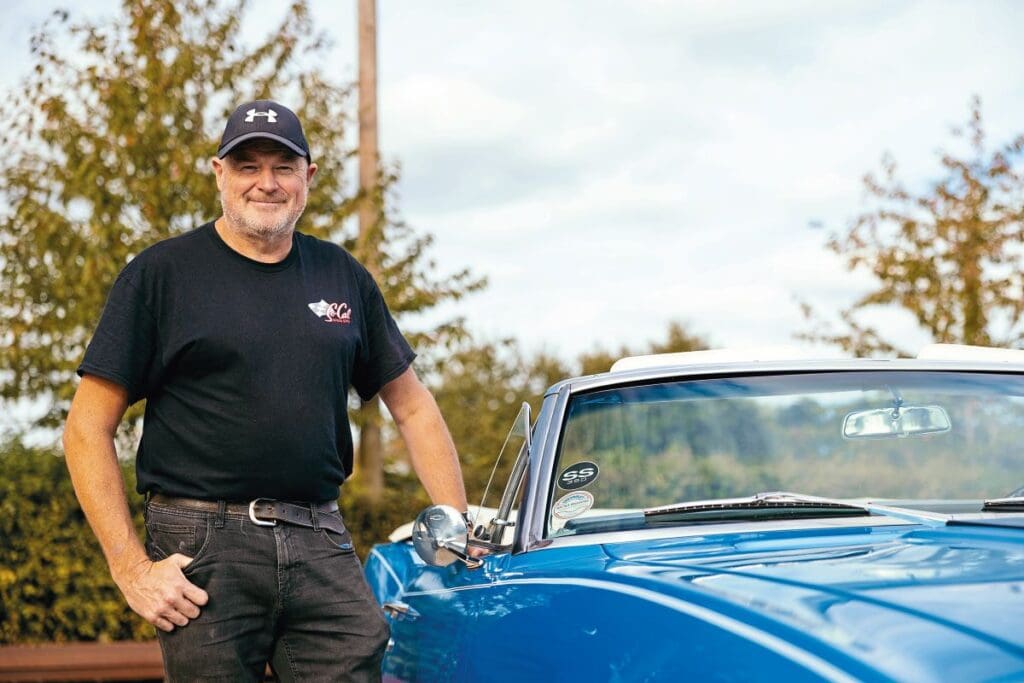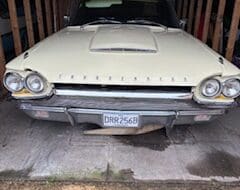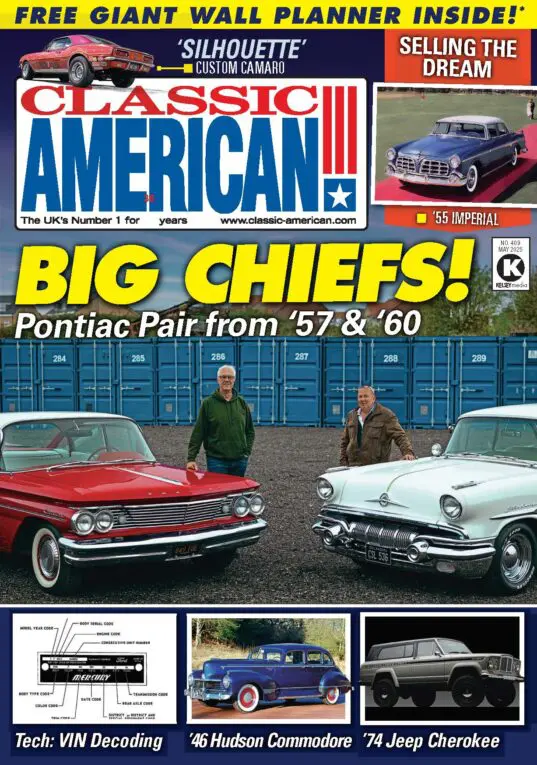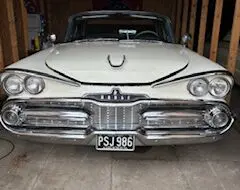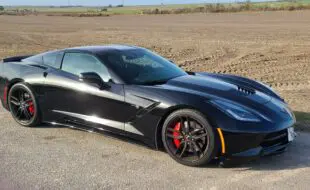Simon Hoar’s 1967 Camaro convertible has been restored as a ‘day-two rebuild’ so, while on the surface it looks largely original, it also has a few hidden enhancements…
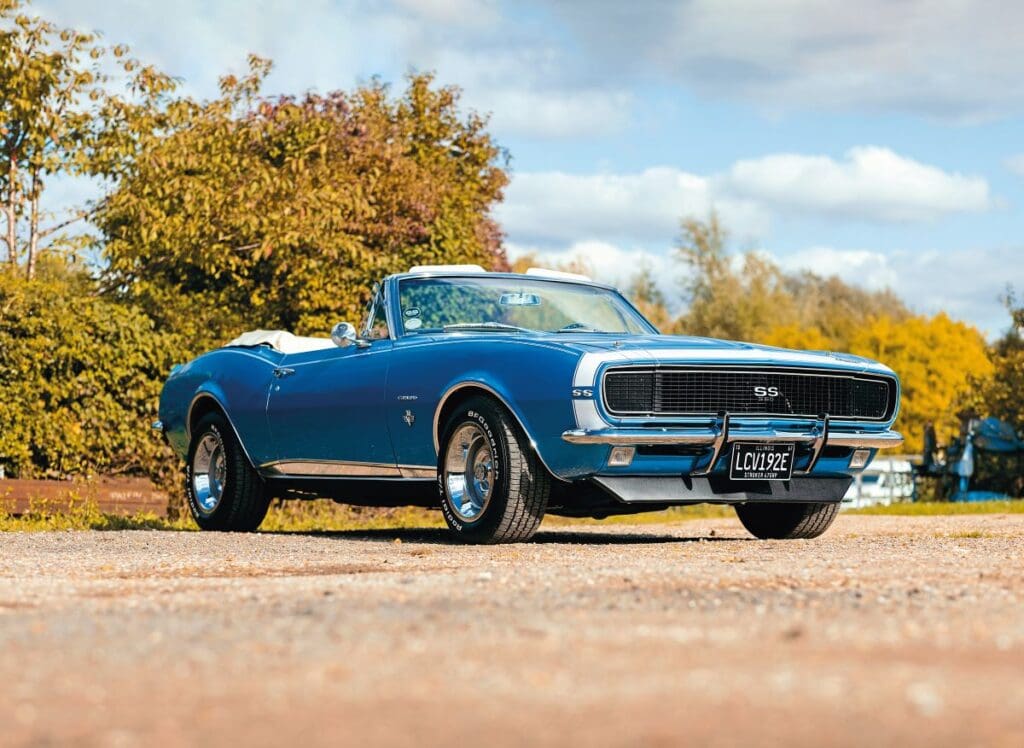
Words: Mike Renaut, Photography: Gary Chapman
There’s an increasingly popular trend to restore cars to ‘day-two specification’; adding parts the car could have received soon after the first owner purchased it, such as aftermarket wheels or a bigger carburettor, better brakes, spotlights, maybe a spoiler or two. Simon Hoar, owner of this 1967 Camaro SS/RS convertible, is a big fan of day-two modifications and it was always his plan to incorporate some within its restoration. “I’m a licensed aircraft engineer,” explains Simon. “I spend my days inspecting and repairing Boeing and Airbus aircraft. It was perfect preparation for rebuilding this Camaro. Previously I had a 1979 Stingray, but classic British Fords were my main interest. I’ve owned 20 Capris. Selling my Mk4 Cortina 2.3S (an extremely rare variant) in 2022 gave me the funds to buy another American car, and I’d always fancied an early Camaro.
“This 1967 was obviously an extremely genuine car with a big history file and appeared very solid with no rust. However, it had undergone several poor resprays. I drove it home and within a week I’d stripped off every nut and bolt. I’ve got a good amount of tools, plus a lot of equipment at work, so the only issue was space; the parts filled my three-car garage and two bedrooms of the house.
Enjoy more Classic American reading in the monthly magazine.
Click here to subscribe & save.
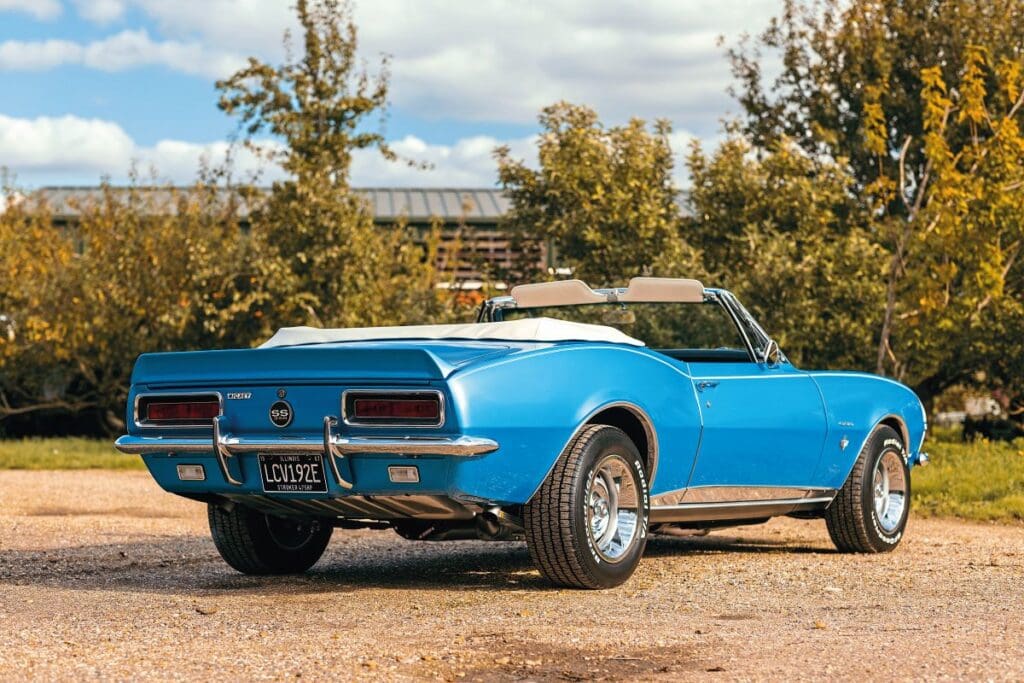
“The bodywork came first,” remembers Simon. “Stripping off the underseal revealed no rot, just some surface rust. Once into bare metal, I found previous accident damage; the swage lines and the doors didn’t line up, while both rear quarters and the rear valance had been badly repaired stateside – it looked like it was reversed into. The previous owner Paul sold it with the original running gear plus a brand-new crate 383cu in Stroker and five-speed Tremec gearbox, both of which would bolt straight in without cutting the frame or floor, although it needed a custom-Bailey prop shaft; ideal for my vision of how I wanted the car with a stock-looking exterior and those day-two upgrades.”
The blueprinted 10:1 compression engine uses a high-lift roller cam, hypereutectic pistons, high-flow ally heads and a Pontiac 400cu steel crank. There’re Patriot headers with dual Flowmaster exhausts and a 750cfm Holley. Dyno testing revealed 475bhp and 506lb-ft of torque. Out back is the original 3.73:1 Positraction. “Now I can really row it through the gears, yet it rides like a Cadillac.
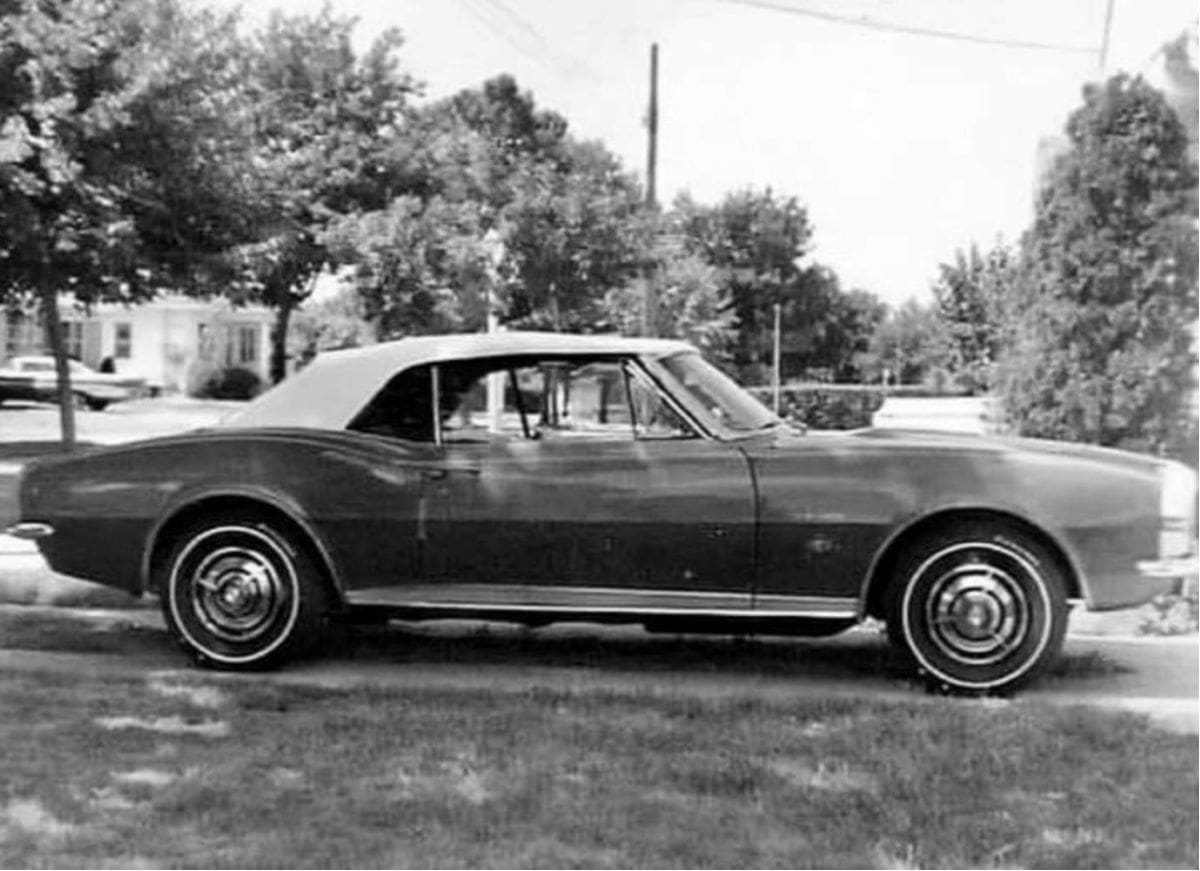
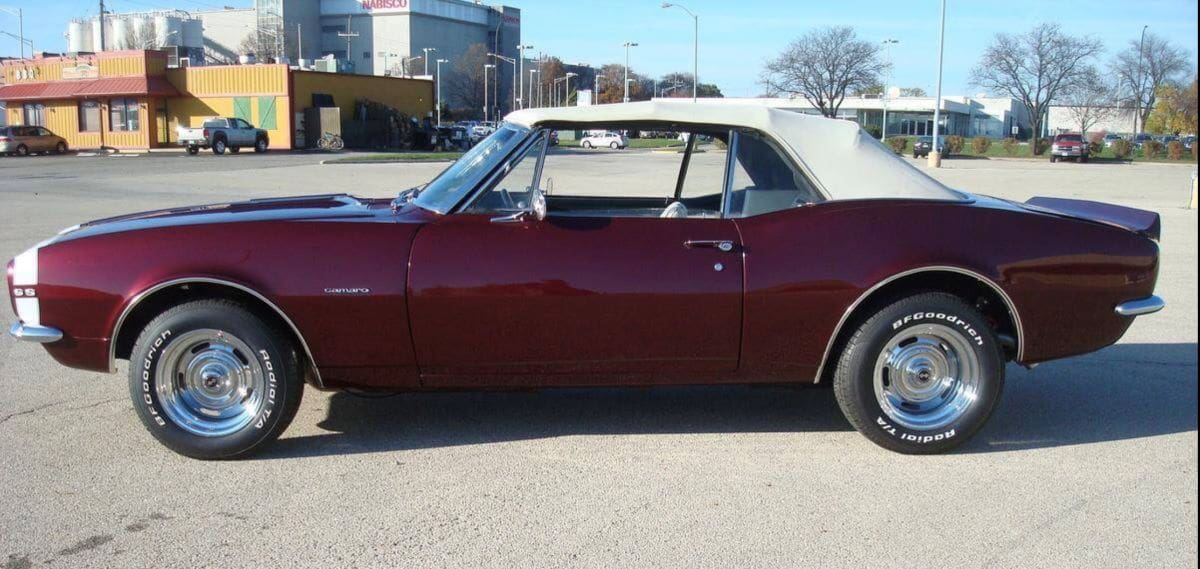

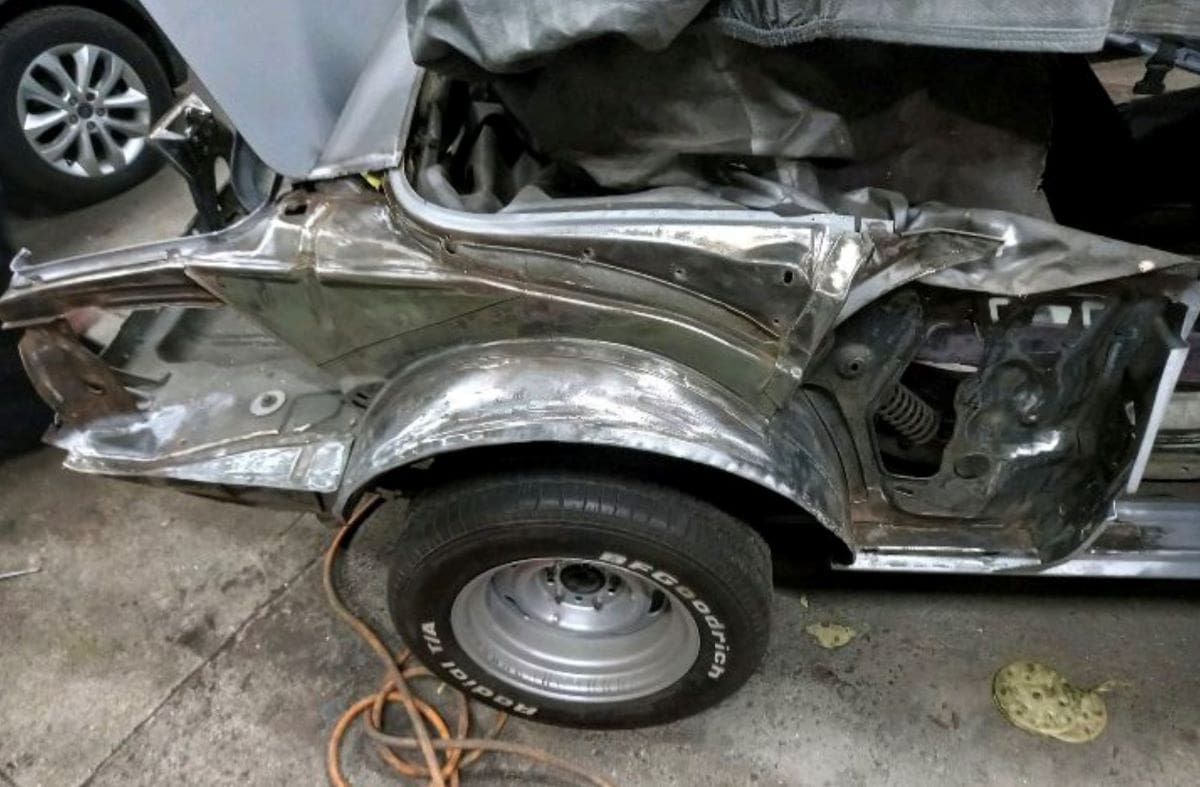
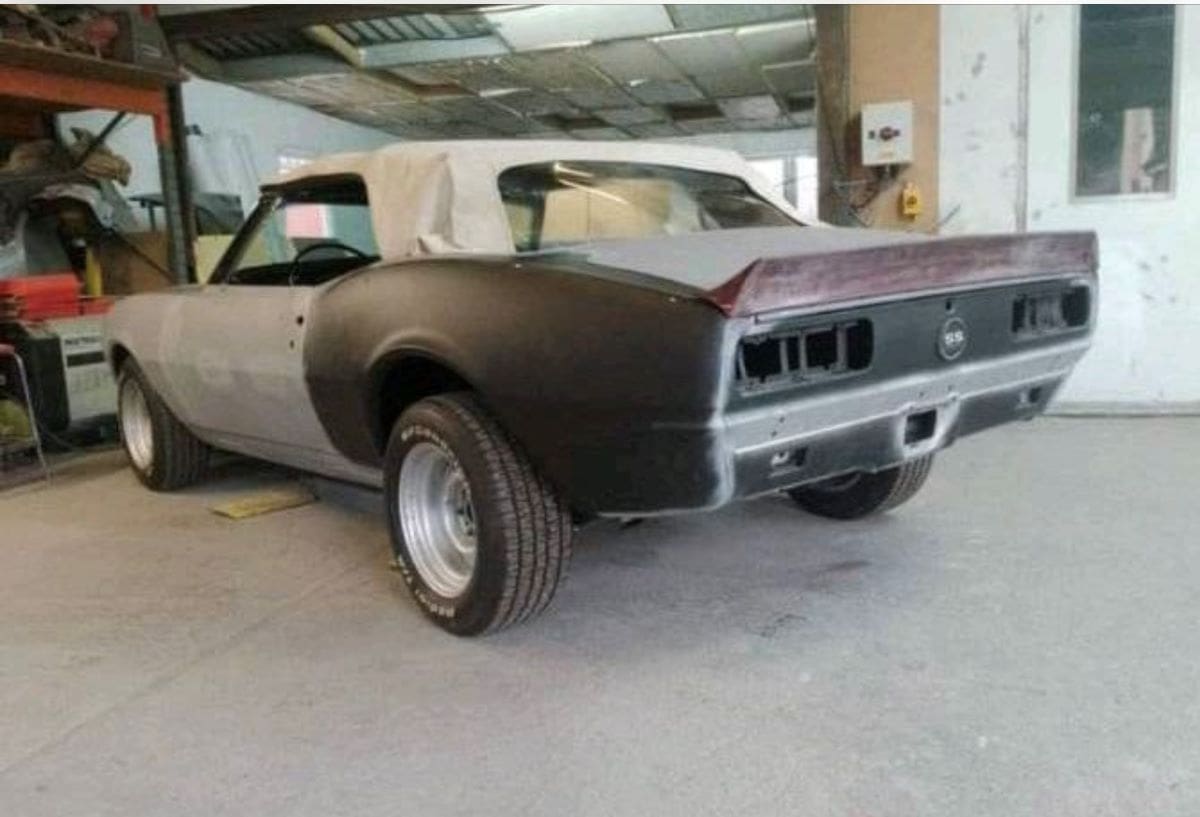
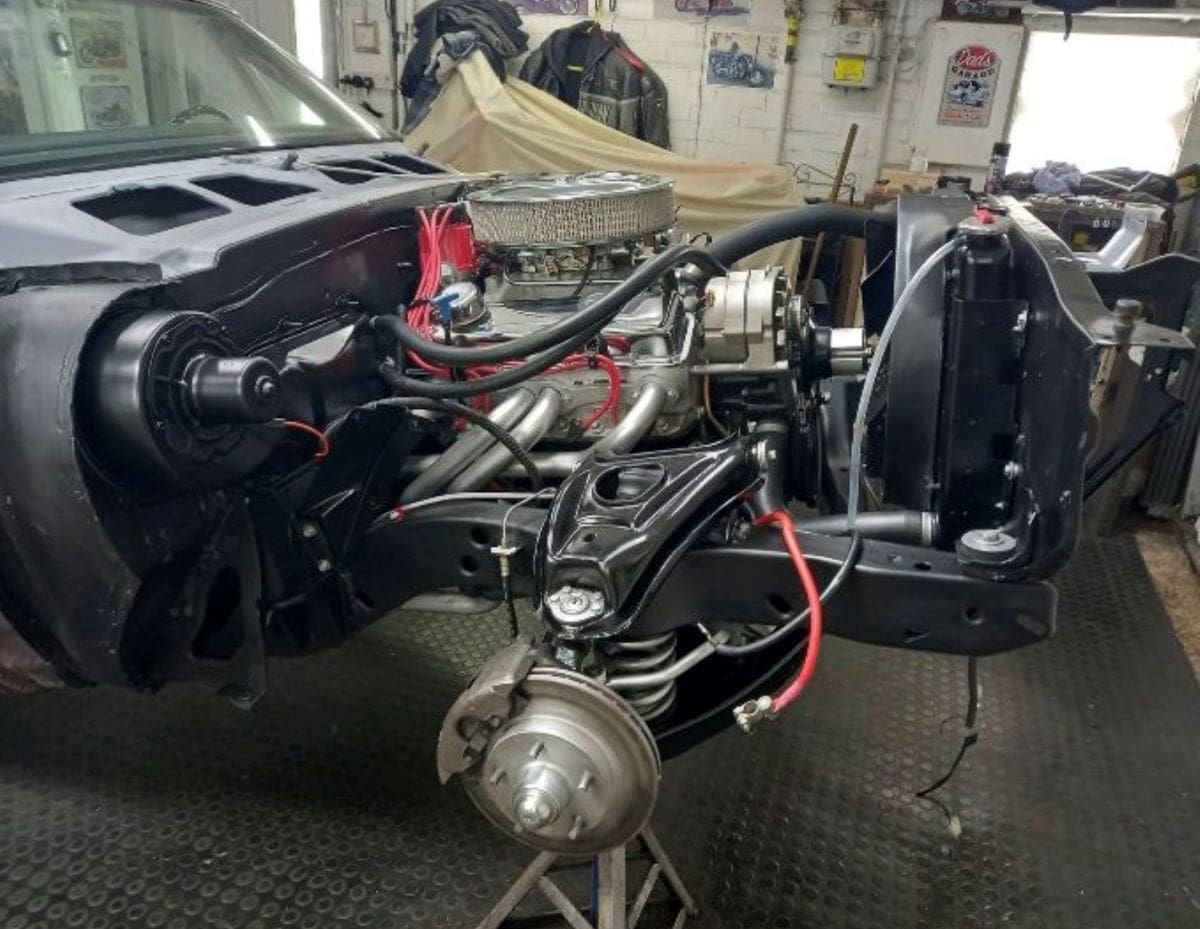
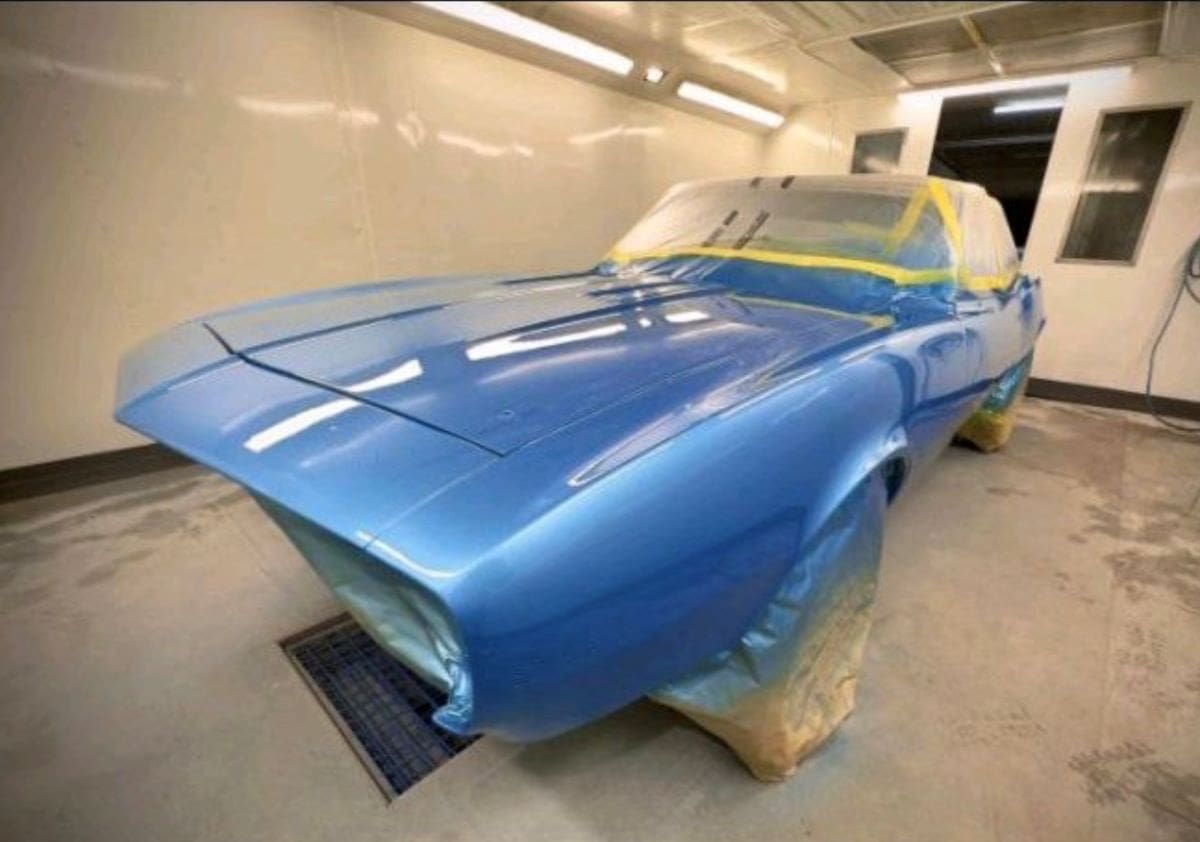
“I approached my friend Joe Roberts of Carfellaz (www.carfellaz.co.uk or Tel. 07817 653882) to do the bodywork. Initially he was reluctant because I wanted the car perfect and he was already busy. But once he saw how good the car was, he agreed to fit the new-old-stock rear quarters and front and rear valances I’d sourced in the States. He did a fantastic job, even down to putting rivets in exactly the same places as the factory did.” The bodyshell then went to Carl Atkinson of Atkinson Motor Repair for over 100 hours of prep, including lead loading, before a repaint in the original Marina Blue. “Carl left the body for weeks in case the paint shrank. Between Carl and Joe’s efforts the Camaro is far better than it ever left the factory.”
Meanwhile, Simon was working on the interior and sourcing a few missing parts “Little things, like the deluxe ashtrays that hadn’t come with the replacement interior panels. The Parchment-coloured interior needed a little touching up with vinyl paint in places and the dashboard got a professional respray. I’m very particular about small details. I replaced most of the chrome, but left the pitted original quarter-windows just to remind everyone it’s 60 years old. The quarterlights are another aspect of the 1967 model I love; the 1968 cars look naked without them. The hidden headlights look really aggressive, and they’re electrically operated on the 1967. Part of the appeal for me was that this Camaro had both manual windows and roof – I wanted a simple car because I deal with electrical systems all day at work.”

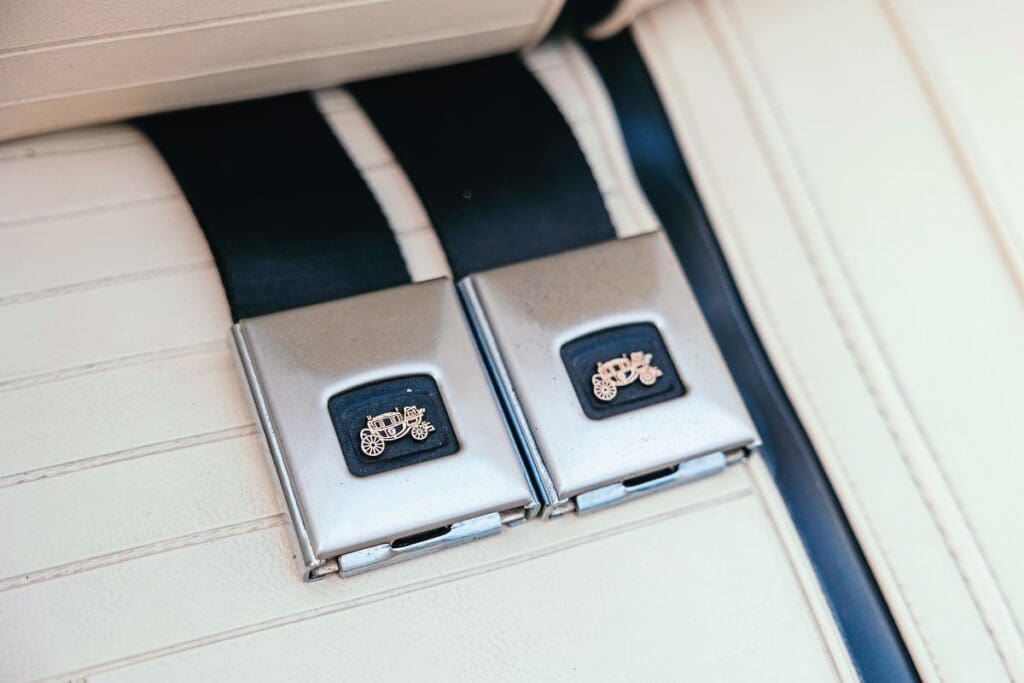

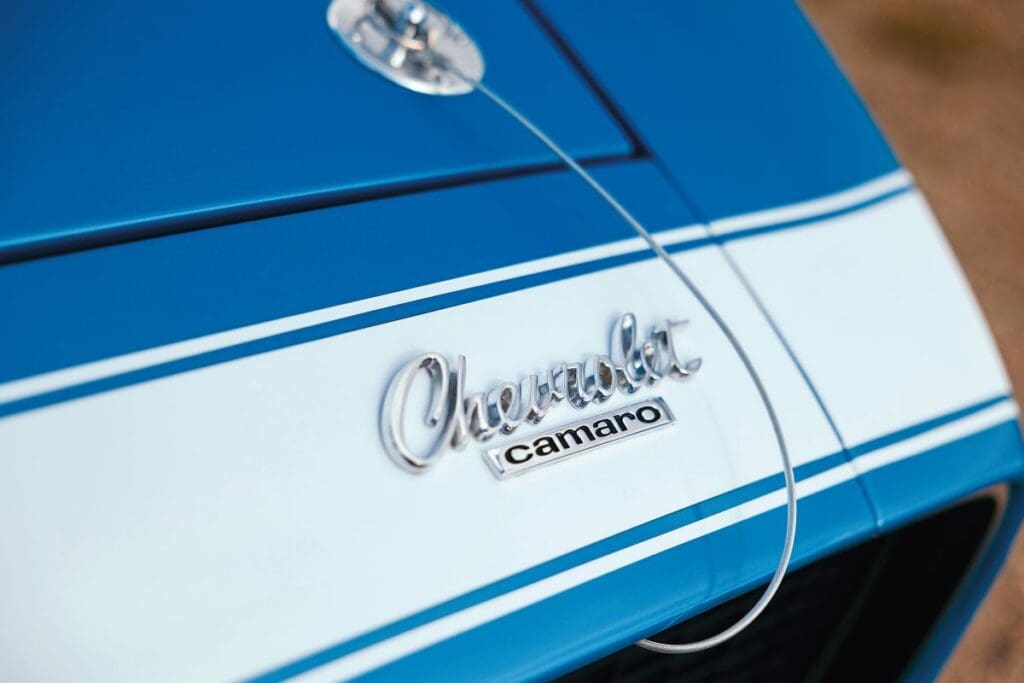
Dealer’s Choice
The history file Simon received with the Camaro reveals it was built at Norwood, Ohio, in April 1967. It was sold through Nickey Chevrolet Sales, Chicago, renowned as a performance outlet who dropped 427cu in V8s into Camaros and later Chevelles, Impalas and even Novas. Nickey became Keystone Chevrolet in 1973 and closed four years later. Our feature car was, however, purely a showroom stock model, although it did at least have a 350cu in V8 and four-speed.
On May 12, 1967, Mary Lemieux traded in her 1965 Chevrolet, then worth $2800, at Nickey and drove out with this new Camaro. Options included bumper guards; Rally Sport and Super Sport Packages; pushbutton radio; power-steering; power disc-brakes; deluxe interior; heavy-duty radiator; front and rear seatbelts; centre console; Positraction; tinted glass; and heavy-duty battery. In total, that was $1329 worth of options on the $3393 Camaro, plus a $4 delivery charge. Out the door, the Camaro was $4726, and that was evidently money well spent since the car remained within Mary’s family until it was exported to the UK in 2017.
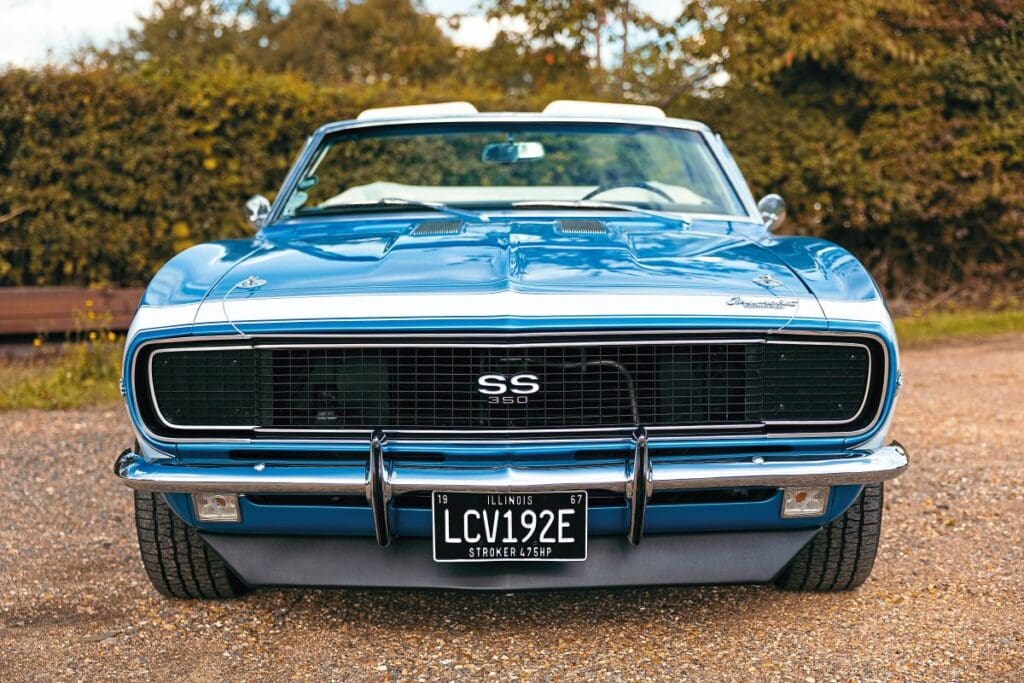
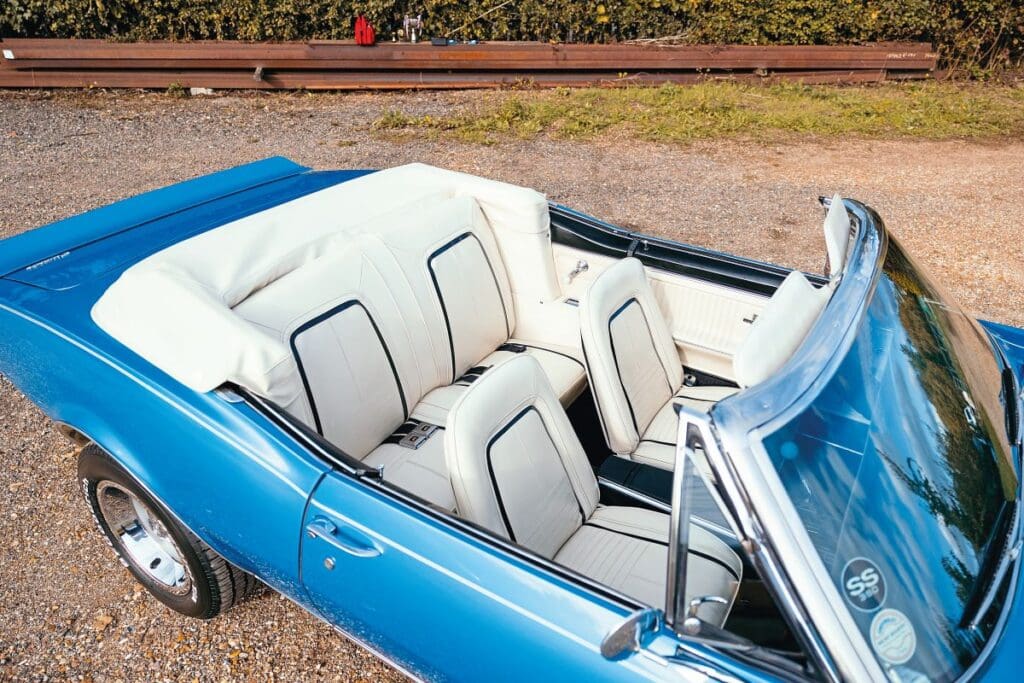
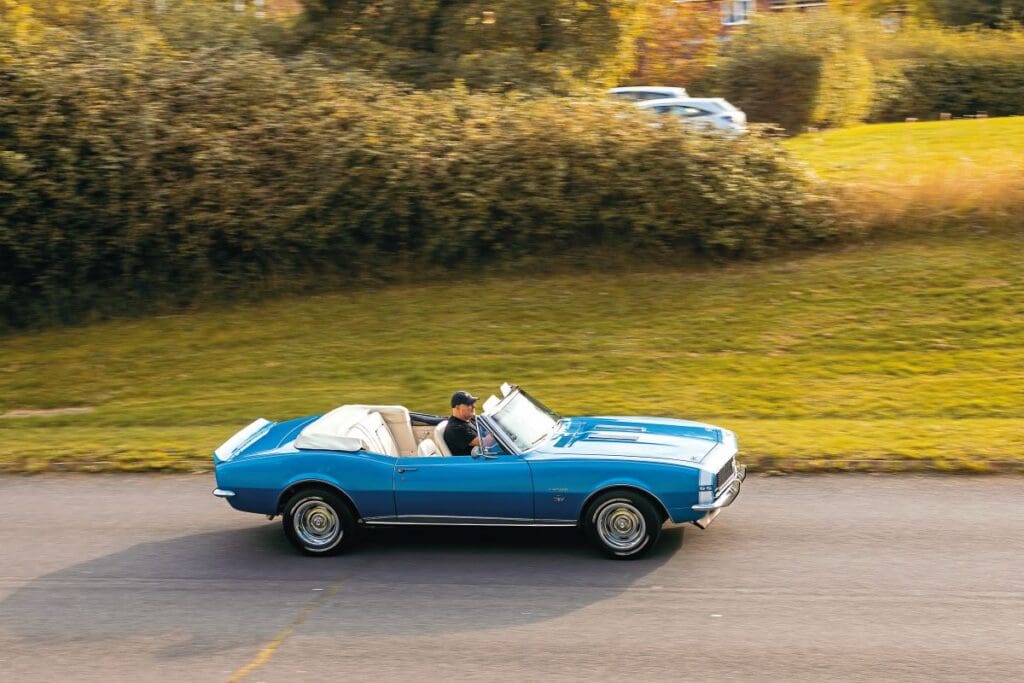
April 6, 1964, was a significant day in Camaro history. It was then that a 2170-mile test report was completed on vehicle #64163 at the General Motors Proving Grounds. That vehicle was a six-cylinder Ford Mustang coupe which GM had access to several weeks before the Mustang was unveiled to the public. “We always had Ford products two to four weeks ahead of their formal announcement,” said GM’s Chief Passenger Car Engineer, Alex Mair, about the reciprocal arrangement between the two great rivals. “It was a shake-hands agreement the public didn’t know about…”
Yet, it was August 1964 before GM management gave the okay for the new Chevrolet F-Car, project XP-836. Heavily inspired by the Mustang’s dimensions and basic specs, F-Car would be a sporty four-seater with a firm, but comfortable, ride, unitised construction, bolt-on front panels and, in a first for GM, a front chassis subframe with rubber mounts on to which all mechanical components attached. Chassis Engineer Paul King recalled his brief was “a car-like Mustang in image and in price, but they were concerned about spacing on the assembly line so overall length was important”.
To reduce costs, part of the structure, including the cowl, was based on the 1968 Chevy II (Nova) while aiming for a long hood/short-deck design lower than the Corvair, but incorporating its Coke-bottle-style rear quarters. The cowl, dashboard and front seats were set back like a Corvette, although this meant a high cowl and long steering column which irritated the designers trying to incorporate them into the low bodywork. Their solution was a more raked screen and thinner A-pillars.
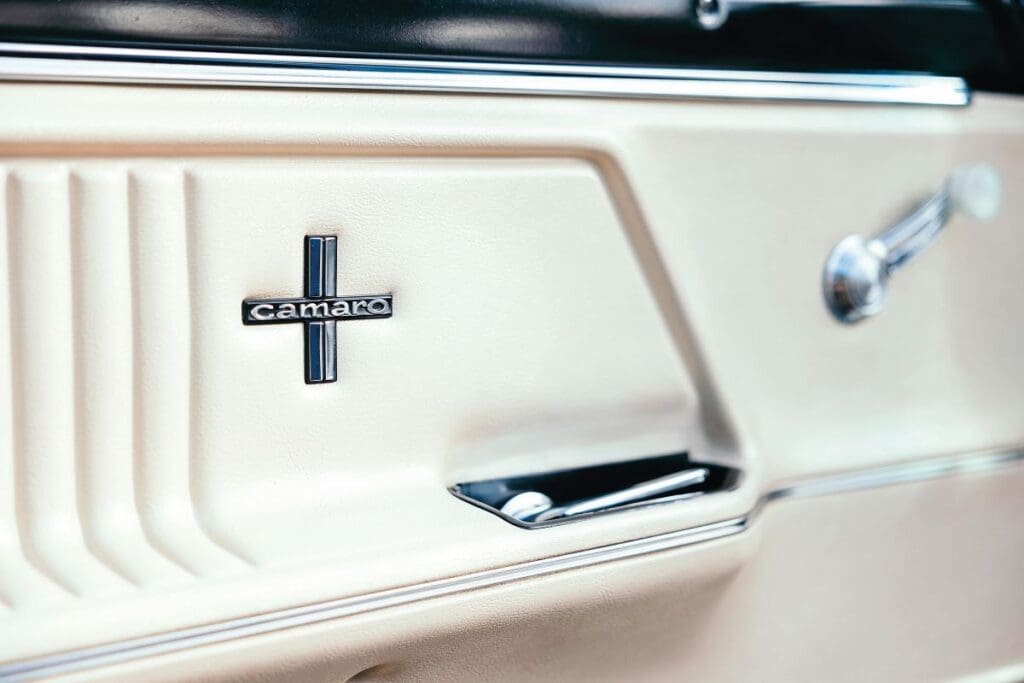
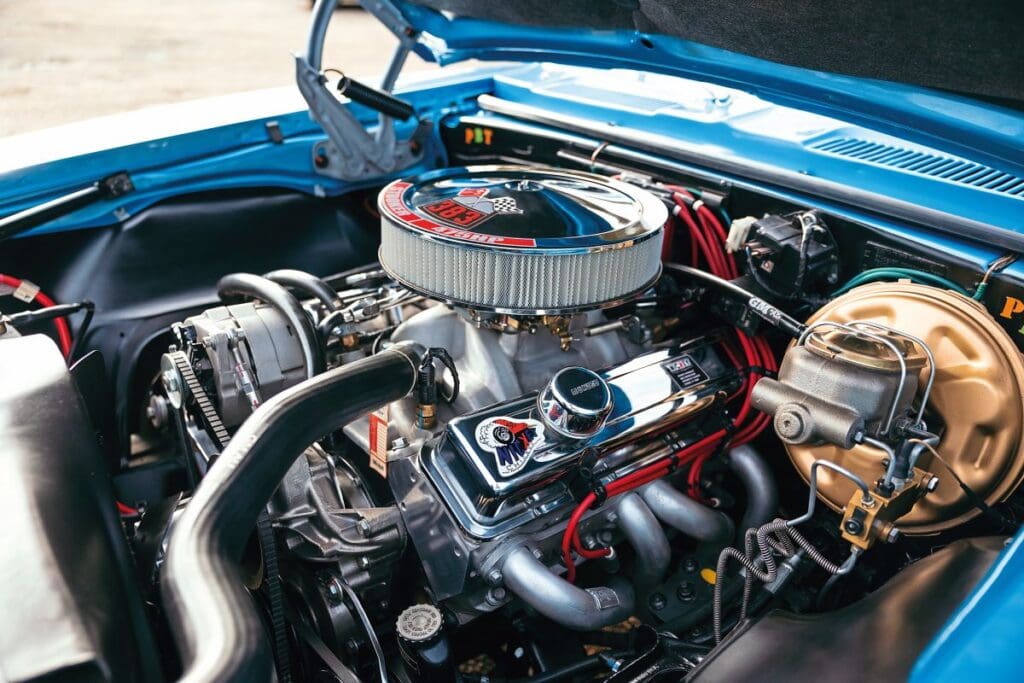

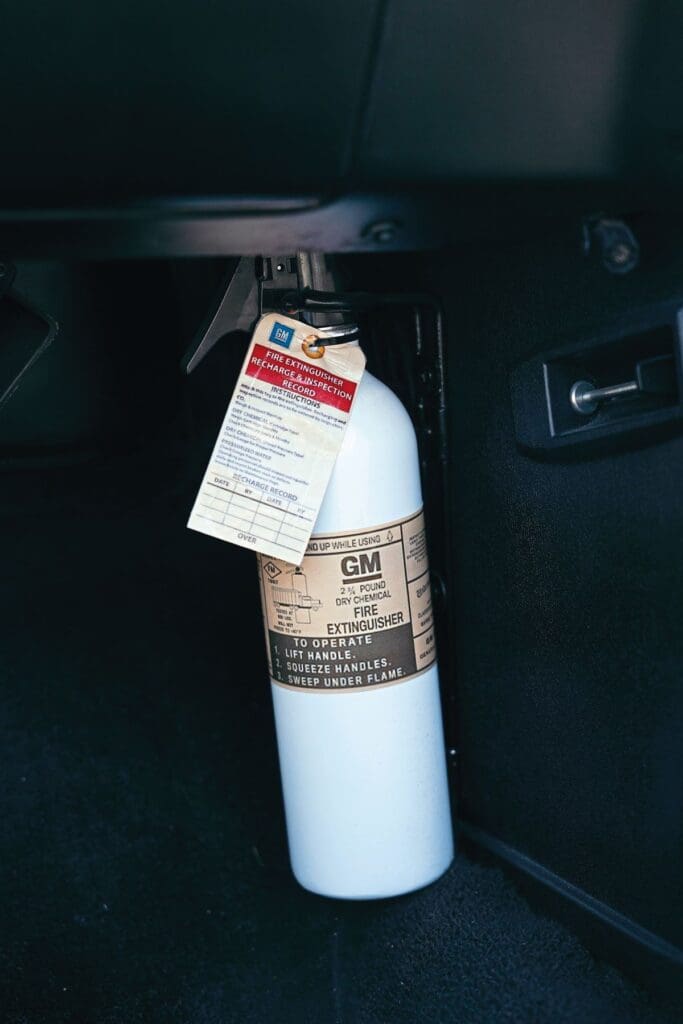
To cut costs the Chevy II’s subframe was shared, too, with the design team warily trusting their new computers to calculate correct suspension characteristics. Pre-production mules wearing Chevy II bodies were driven coast-to-coast and, while the coupe was fine, the convertible version suffered from severe shaking. The unavoidable fix was adding seismic dampers in the engine compartment and rear, at a cost of $50 per car. By December 1964, the design was finalised with its curved glass and flowing rear deck deemed suitably different to the Ford design. Also considered were a Camaro fastback with lift-up rear hatch, a two-seater, and a wagon reminiscent of the 1955 Nomad.
Originally called Panther (although Wildcat, Nova, Chevette and GeMini were also strongly considered,) the name Camaro was spotted in a 1935 English-French dictionary and supposedly meant ‘friend or comrade’. For the 1967 model year, about one in 10 Chevys sold was a Camaro with 220,917 built. It’s thought 25,141 were convertibles with 19,856 of those having V8-power. The Rally Sport option (including hidden headlights, black grille and stripes) was ordered by 64,842 buyers, the Super Sport (including 350- or optional 396cu in engine, simulated hood louvres, nose stripe, F41 uprated suspension and SS badges) was optioned 34,411 times. A production total for combined RS/SS cars sadly doesn’t seem to be available.
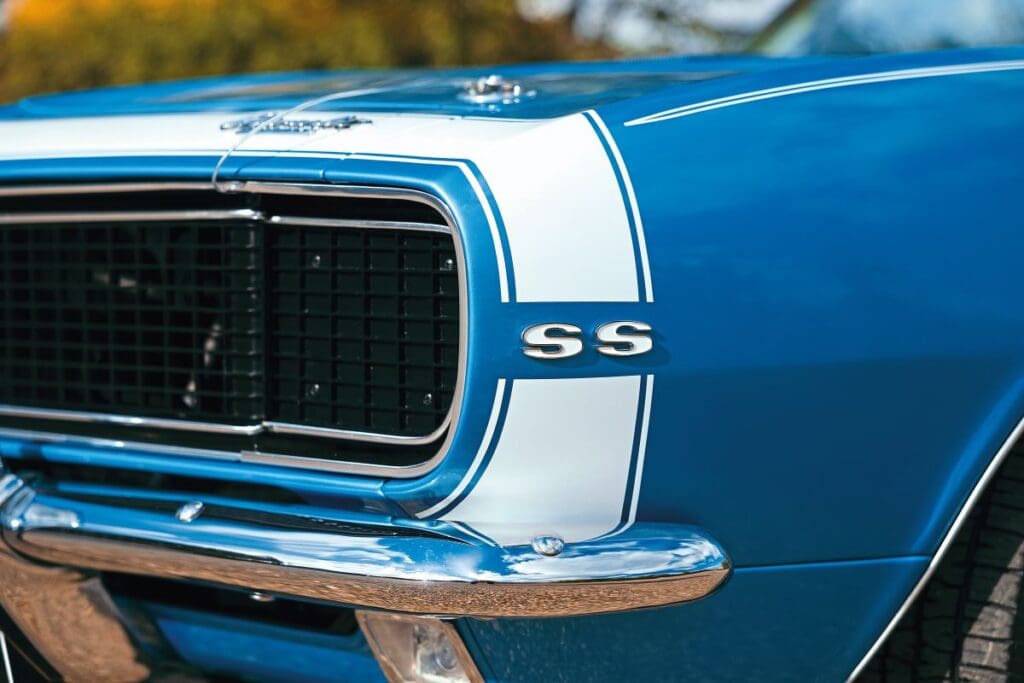
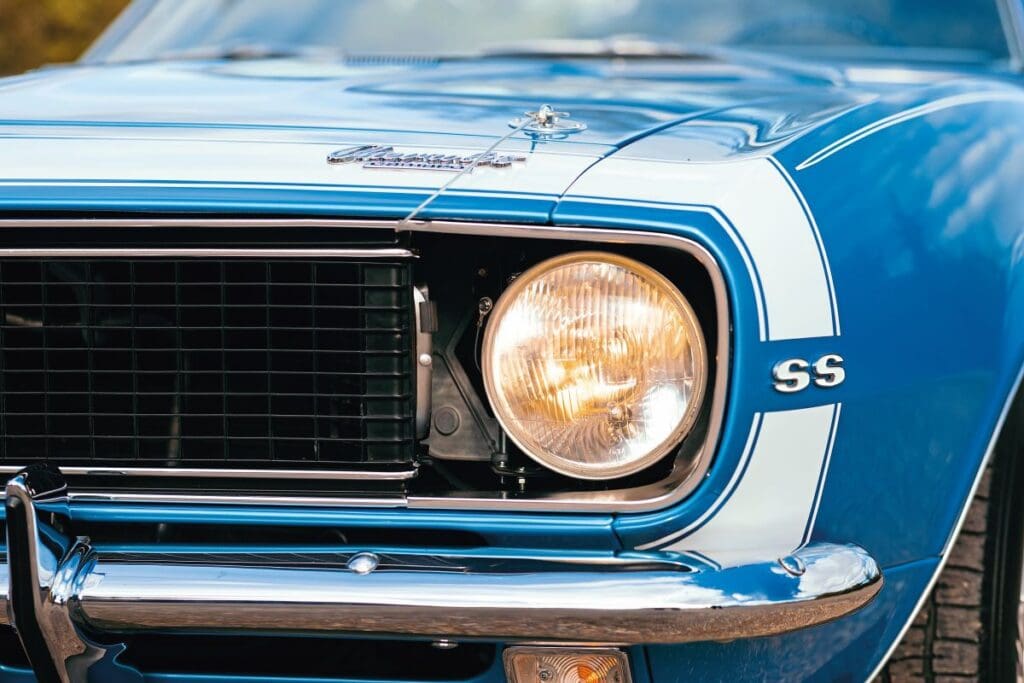

Added Extras
“There aren’t any downsides to the Camaro, except perhaps the interior is very hard to keep clean and the steering wheel feels huge, like something out of a bus,” laughs Simon. “Lucky it’s on a tilt column, so that gives me more space.” Less obvious changes include Dakota gauges and a Retro Sound DAB radio that works with Simon’s satnav and phone through speakers under the seats.
More noticeable is the Hurst shifter. “I also fitted 15-inch Corvette wheels to replace the original 14-inch ones, and the hood pins are from the 1968/69 model. I enjoyed working on and researching my Camaro probably even more than I do driving it. I made various reproduction decals such as the ones that make the fire extinguisher look old, although I’ve been asked if it’s a hidden nitrous system… One of the trickiest parts was adding the vinyl RS pinstriping decals along the sides – it took me three goes to get them aligned.
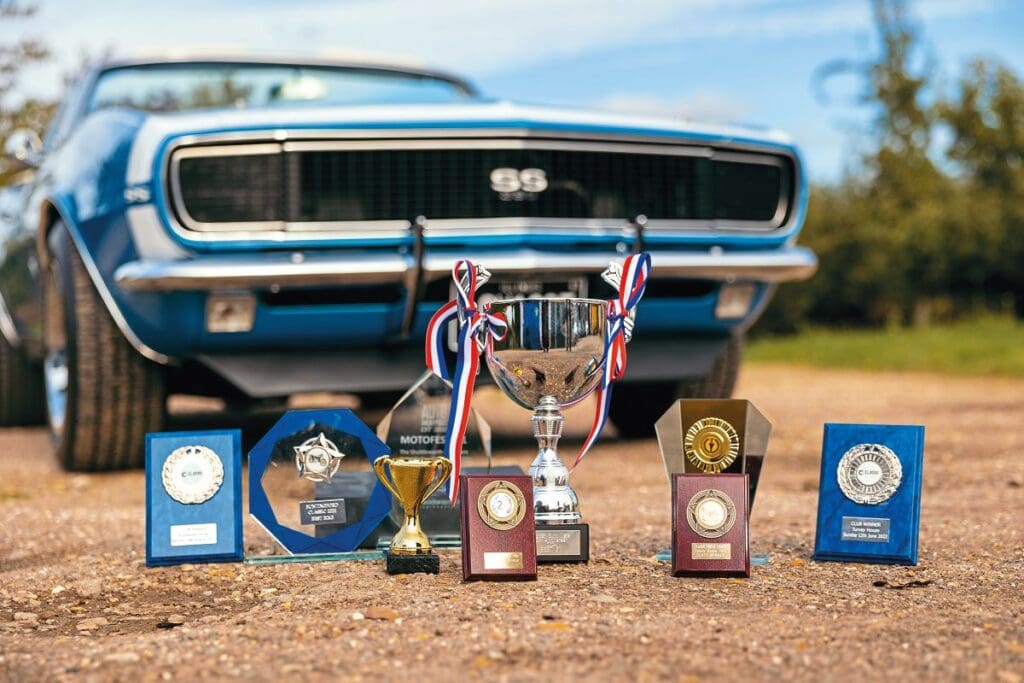
“This car ticks every box for me,” adds Simon. “I like its rarity in the UK, and I love the colour. I wanted a convertible and this feels special to drive. My wife Carole also loves the Camaro and tells me to never sell it; that’s despite her not seeing me for the 18 months I spent in the garage restoring it. I built the car exactly how I wanted it − for me! People seem to appreciate the changes and, best of all, it could all be put back to a factory stock example if I ever did sell it. I’ve kept all the original parts including the engine and ‘box’; there’s nothing permanently altered. But it’s now more drivable and more fun.”
